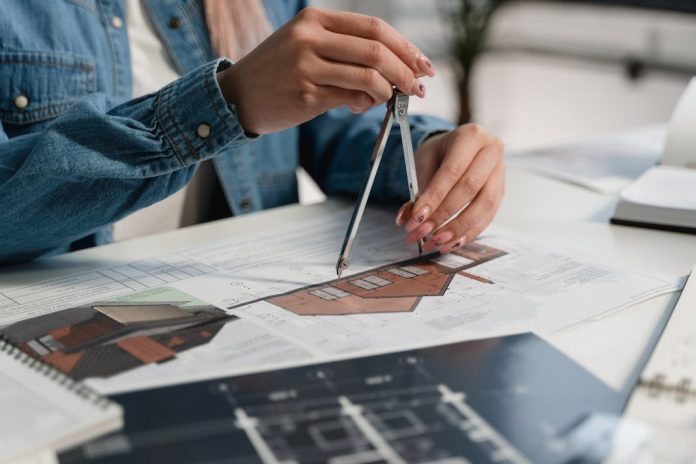by HRHQ Editorial Team
The layout of your office space plays a crucial role in shaping the work environment and influencing the productivity and well-being of your employees. A well-thought-out design can enhance collaboration, creativity, and overall job satisfaction. On the other hand, a poorly planned layout can lead to inefficiency, discomfort, and decreased morale. In this article, we will explore the dos and don’ts of designing your office layout, covering general best practices and configurations to create a conducive and productive workspace.
Dos:
Consider Employee Needs:
Ergonomics: Invest in ergonomic furniture and equipment to ensure the comfort and health of your employees. Adjustable chairs, sit-stand desks, and proper lighting contribute to a more pleasant and productive work environment.
Diverse Workspaces: Provide a variety of workspaces to accommodate different work styles. Include collaborative areas, quiet zones, and open spaces to encourage flexibility and adaptability.
Prioritise Natural Light:
Position Workstations Strategically: Arrange workstations to take advantage of natural light. Exposure to natural light has been linked to increased productivity and employee well-being. Consider placing common areas and meeting rooms closer to windows.
Create Collaboration Zones:
Open Meeting Spaces: Designate areas for impromptu meetings and brainstorming sessions. Encourage collaboration with open spaces that facilitate communication and idea sharing. Consider using movable furniture to customise these areas based on the team’s needs.
Ensure Adequate Break Spaces:
Comfortable Breakrooms: Provide comfortable and inviting break areas. Employees need spaces to relax and recharge. Furnish breakrooms with comfortable seating, recreational activities, and access to snacks.
Promote Flexibility:
Modular Furniture: Opt for modular furniture that can be easily rearranged to accommodate changing needs. This allows the workspace to evolve with the organisation and supports a dynamic and flexible working environment.
Don’ts:
Neglect Acoustics:
Open Spaces without Consideration: While open-plan offices can encourage collaboration, they often come with acoustic challenges. Avoid creating spaces that are too noisy by incorporating sound-absorbing materials and designing dedicated quiet zones.
Overlook Privacy Concerns:
Balanced Privacy: While collaboration is essential, it’s equally important to provide private spaces for focused work. Avoid cramming workstations too closely together and ensure there are enclosed spaces for confidential discussions or individual work.
Underestimate Technology Needs:
Inadequate Technology Integration: Ensure that the office layout supports modern technology requirements. Provide sufficient power outlets, incorporate cable management solutions, and plan for the integration of collaborative tools and video conferencing equipment.
Ignore Aesthetics:
Uninspiring Design: Aesthetics can significantly impact the mood and motivation of employees. Avoid bland and uninspiring designs. Incorporate elements like artwork, plants, and vibrant colors to create a visually appealing and motivating atmosphere.
Overcrowded Workspaces:
Crowded Workstations: Avoid cramming too many workstations into a limited space. Overcrowded areas can lead to discomfort, reduced productivity, and increased stress among employees.
Designing an office layout is a multifaceted task that requires careful consideration of various factors. By prioritising employee needs, incorporating flexibility, and addressing issues such as acoustics and privacy, you can create a workspace that promotes productivity, collaboration, and employee satisfaction. Remember that a well-designed office layout is an investment in the success and well-being of your organisation.









































